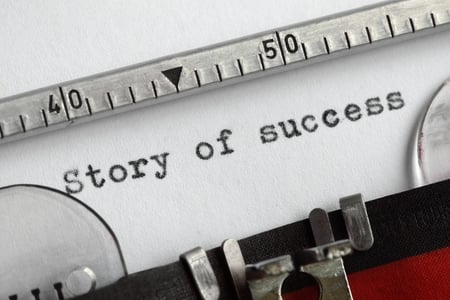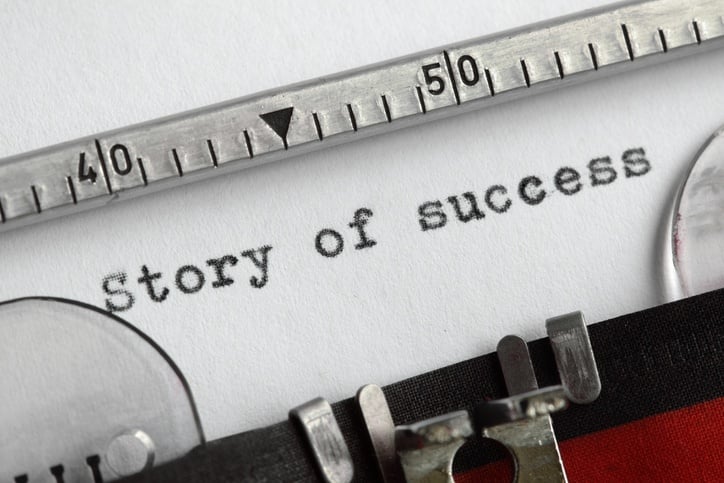 by Ken Lopez
by Ken Lopez
Founder/CEO
A2L Consulting
An article last month in The Recorder, a publication of American Lawyer Media, makes clearly and concisely one of the points that we frequently try to make here on this blog.
The article explains what happened in a wrongful-termination trial in federal court in San Francisco, which ended on February 6 with a $10.8 million verdict, plus $5 million in punitive damages, against Bio-Rad Laboratories and in favor of the company’s former general counsel, Sanford “Sandy” Wadler.
It quotes James Wagstaffe, the lead lawyer for Wadler and a partner at the small San Francisco firm of Kerr & Wagstaffe, as saying that the key to winning a jury trial is storytelling.
In the article, Wagstaffe is quoted as saying, “The need to tell and hear stories is primal. Trial lawyering is part of that primal need. The jury wants to hear a story.”
Wagstaffe’s story was that his client, Wadler, was a classic whistleblower who was fired for trying to expose corruption in the company’s foreign offices. The opposing counsel, John Potter of the prestigious firm Quinn Emanuel Urquhart & Sullivan, presented his own story – that Wadler was unqualified for the job and that he made up the allegations of possible bribery and corruption in order to save himself from being fired. According to this story, Wadler was no whistleblower at all.
With the help of a 21st-century approach to evidence, Wagstaffe prevailed in the case. As he told The Recorder, his legal team had a hunch that a positive evaluation of Wadler from the company’s files was not created when it appeared to have been created. The lawyers used the very new science of metadata – information that can determine a document's file type, its creation date and who accessed it – to determine that the document was actually created after Wadler was fired. The jury seems to have found that contention persuasive, among other things, and returned a verdict for Wadler within less than three hours.
But apart from the CSI-style use of computer evidence, this is a real-life instance in which an experienced trial lawyer explained his success as the result of successful storytelling. That is what we at A2L do with our clients. We help lawyers build and tell stories that are, quite simply, more convincing and more true to life than the other side’s stories.
Other articles and resources related to using storytelling as a persuasion tool in litigation from A2L Consulting include:
- Three Top Trial Lawyers Tell Us Why Storytelling Is So Important
- Winning BEFORE Trial - Part 3 - Storytelling for Lawyers
- Free A2L Consulting Webinar: Persuasive Storytelling for Litigation
- Storytelling at Trial Works - But Whom Should the Story Be About?
- Free 144 page A2L E-book download: Storytelling for Litigators
- Free A2L webinar - Storytelling as a Persuasion tool
- One Possible Pitfall in Telling a Story at Trial
- Dan Pink, Pixar, and Storytelling for the Courtroom
- $300 Million of Litigation Consulting and Storytelling Validation
- 20 Great Courtroom Storytelling Articles from Trial Experts
- Storytelling Proven to be Scientifically More Persuasive
- 5 Essential Elements of Storytelling and Persuasion
- 10 Videos to Help Litigators Become Better at Storytelling
- The Best Litigators Love Sales, Love Storytelling and Persuasion
- 21 Reasons a Litigator Is Your Best Litigation Graphics Consultant
- Podcast: Storytelling in Litigation
- 14 Differences Between a Theme and a Story in Litigation
- Your Trial Presentation Must Answer: Why Are You Telling Me That?
- Are You Smarter Than a Soap Opera Writer?
- Conflict check: Be the first to retain A2L





Leave a Comment